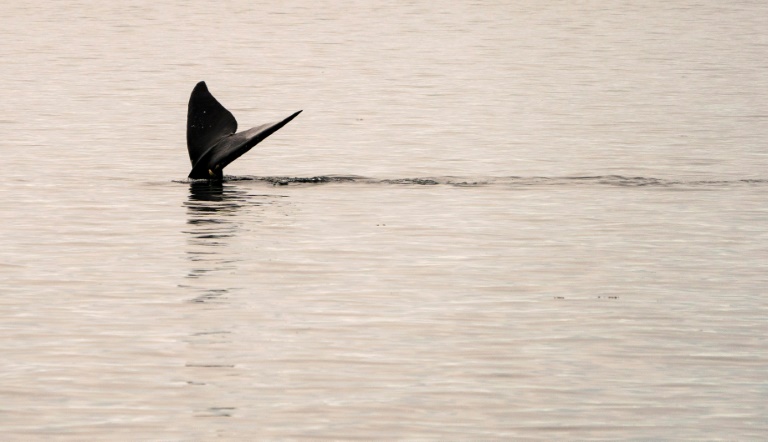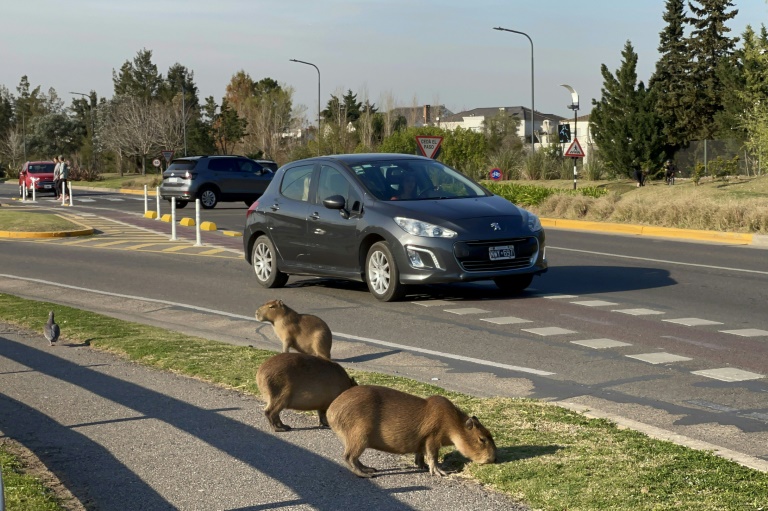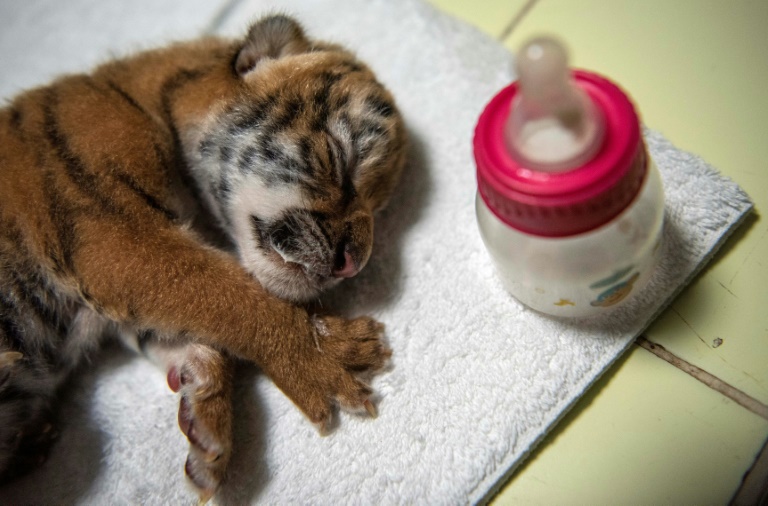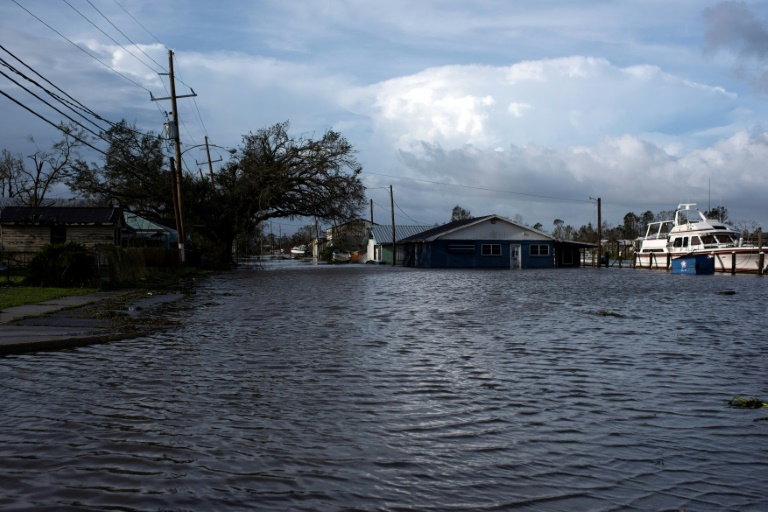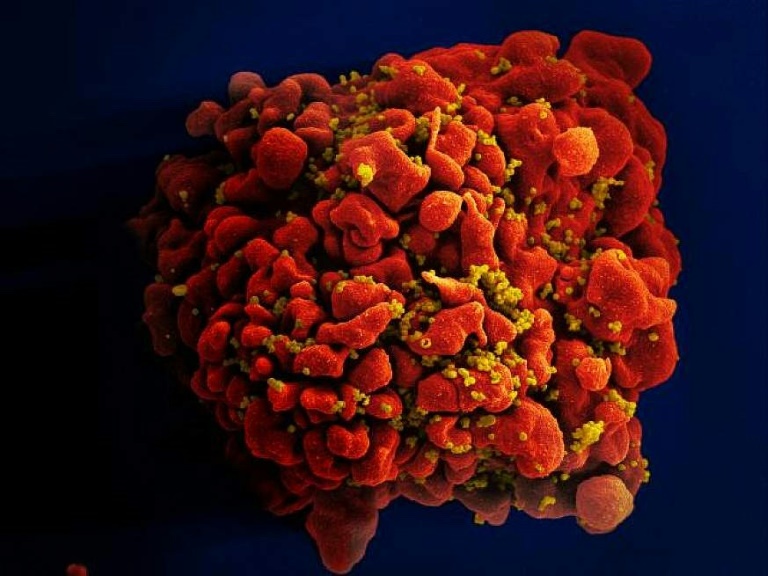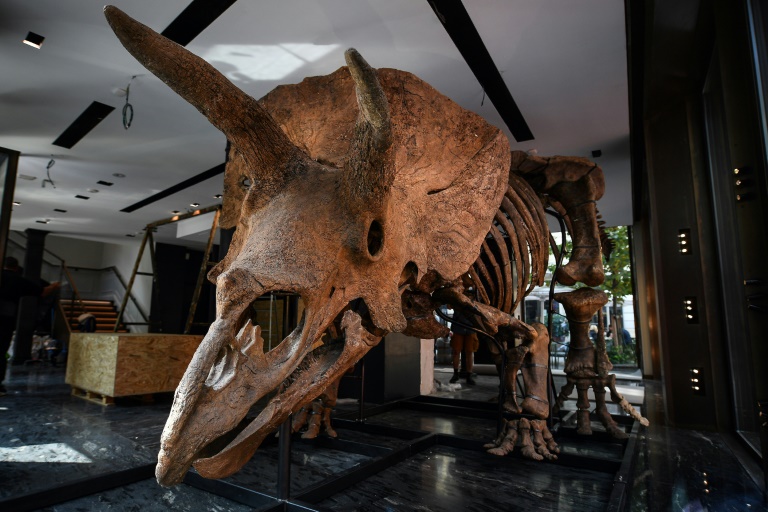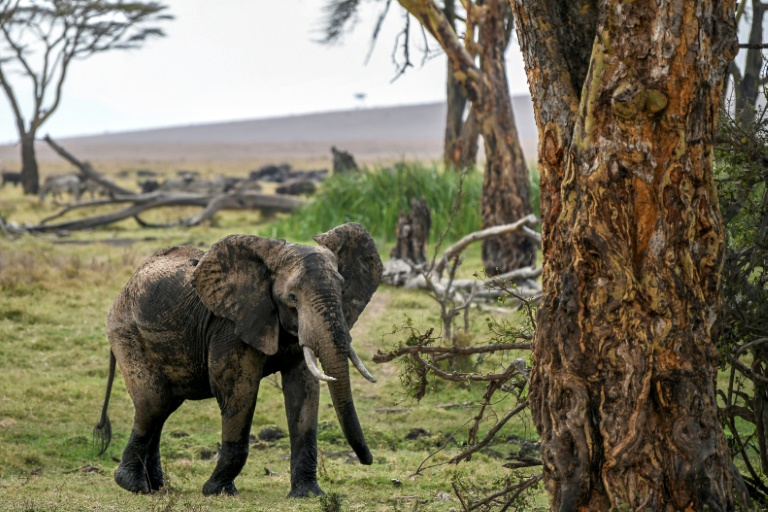US announces new fishing regulations to save endangered whales
US President Joe Biden’s administration on Tuesday announced new commercial fishing restrictions in what it called an effort to save critically endangered North Atlantic right whales from entanglement, a leading cause of their deaths.
But conservation groups immediately criticized the National Oceanic and Atmospheric Administration (NOAA) Fisheries for not going far enough to stop the species’ slide towards extinction.
There are an estimated 368 North Atlantic right whales remaining, and the population has been declining since 2010, particularly from 2017 onwards, during which time there have been 50 deaths or serious injuries.
Under the rules, which take effect from May 2022, lobster and crab fishers will need to increase the number of traps they lay on the ocean floor per fishing line, in order to decrease the number of lines.
The rope lines, which are attached to buoys, will also have to be weakened so that whales that become entangled are more likely to break free.
It also adds new seasonal restrictions for certain types of entangling gear.
“The new measures in this rule will allow the lobster and Jonah crab fisheries to continue to thrive, while significantly reducing the risk to critically endangered right whales,” said NOAA official Michael Pentony.
But Gib Brogan, a senior campaign manager for the non-profit organization Oceana, told AFP that the use of weak ropes was a “largely theoretical strategy” that hasn’t been tested enough to deploy.
“Even if everything works as designed, it still puts stress on an endangered species and stress from all varieties has been shown to reduce the size of right whales, and decrease their reproduction,” Brogan said.
Oceana had suggested the United States follow Canada’s example by having longer seasonal restrictions that cover a greater area, and by reacting to new sightings of whale clusters by rapidly creating new zones.
“We can’t save this rapidly declining whale population from extinction with half-measures like this,” Kristen Monsell, oceans legal director at the Center for Biological Diversity, said in a statement.
Entanglement in fishing gear used to catch crustaceans and bottom-dwelling fish such as halibut, flounder and cod is one of two leading causes of North Atlantic right whale deaths.
According to Oceana, about a quarter of North Atlantic right whales are entangled each year.
The ropes can be seen wrapped around their mouths, fins, tails and bodies, slowing them down, affecting their ability to feed and reproduce.
At times the lines cut into their flesh, causing life-threatening infections, or even severing fins and tails and cutting into the bone.
The other leading cause of death is from speeding vessels, particularly those exceeding 10 knots (11.5 miles per hour, 18.5 kilometers per hour).
Brogan said Oceana was particularly disappointed that the government had pursued measures first proposed by the administration of former president Donald Trump, which had been opposed by more than 200,000 people during public comments.
The regulations were developed by the “Atlantic Large Whale Take Reduction” group, which is largely composed of members of the fishing industry.

